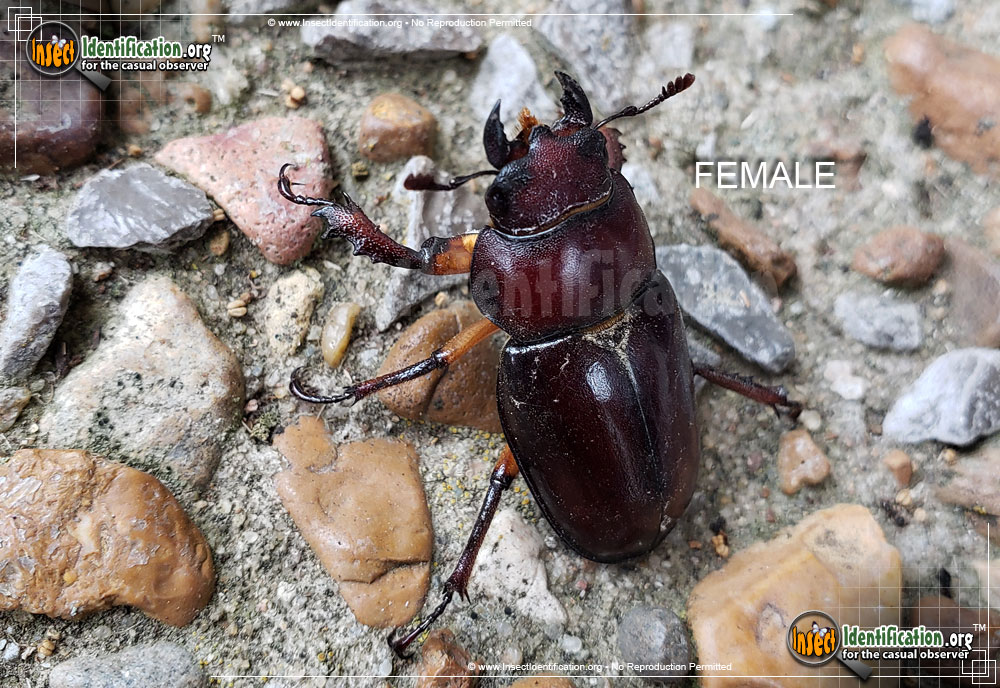japanese beetle life cycle in missouri
Japanese Beetle Life Cycle. It completes this cycle once every year.

Beetles Hometown Pest Solutions
When grub feeding is.

. These gleaming copper and green beetles have been in Minnesota for decades but became a more prominent invasive pest in some parts of the state in 2011. It spends the winter 6 to 8 inches below the soil surface in the grub stage. 58 to 96 fl.
The Mississippi River with sporadic infestations reported in California Iowa Missouri and Nebraska. Females lay eggs in spring when they emerge from the ground. Japanese Beetle Adults - Corn.
A set of dark strong mandibles is present on the top of its head. Japanese beetle has a complete lifecycle with an egg stage a larval or grub stage a pupal or resting stage and the adult beetle stage. Japanese beetle grub damage Grubs chew grass roots and reduce the ability of grass to take up enough water and nutrients to remain healthy.
Photo by Jeff Hahn University of Minnesota Extension. A female can lay up to 60 eggs in her lifetime. Japanese beetles overwinter in the soil and as soil temperatures warm larvae move closer to the surface and pupate.
Regular harvesting during July and August can decrease feeding on edible parts of the plant. The aggregation of beetles will alternate daily between mating feeding and ovipositing. Egg Larva Pupa Adult Japanese Beetle Eggs The eggs are white and oval and laid in the soil about 2 to 4 inches down where they can absorb moisture.
Adult beetles lay eggs in the soil and the larvae live in the soil feeding on the roots of grass until they pupate into adults beetles and emerge the following year. Joel Floyd USDA APHIS. Its body consists of 13 segments 10 on the abdomen and 3 on their thorax.
The life cycle of the Japanese Beetles consists of four stages of development called complete metamorphosis. Most of the beetles life is spent as a larva with only 3045 days spent as an imago. The grubs live underground for 14 years depending on species feeding on plant roots and descending much lower into the soil to overwinter.
Treatment of Japanese beetle is justified if 3 or more beetles are present on green silk silks are eaten to 12 or less in length and pollination is less than 50 complete. Adults feed on leaf material above ground using pheromones to attract other beetles and overwhelm plants skeletonizing leaves from the top of the plant downward. Mating and egg laying occurs throughout the entire life of the adult beetle which lasts from 30 to 60 days.
Appearance of adult the timing of oviposition and subsequent development have been shown to vary with latitude altitude and also from year to year Fleming 1972. Larvae will feed on plant roots and decaying material and grow through 3 larval instars worm or grub stages before overwintering in the soil. Japanese beetle are distinguished from native beetles by the presence of five pairs of white tufts on their abdominal sides and two additional tufts on the abdomen tip.
Adult beetles are metallic green with brown wings approximately 5-7 mm wide and 8-11 mm long Figure. In most parts of its range the Japanese beetle completes its life-cycle in one year but some populations in cooler climates may complete their development in two years Vittum 1986. It appears translucent and its body has brown setae and short spines all over.
Life cycle After mating females burrow a few inches into the soil and lay eggs 4060 during a summer. Life Cycle and Pest Identification. University extension and state agriculture departments help people control the Japanese beetle.
These grubs feed on grass roots and can damage turf if populations are high. Adult beetles then fly to potential host plants particularly those in full sun. When resting the larva is C-shaped.
In spring as the soil temperatures increase the grubs move closer to. Japanese beetles feeding on leaves causing skeletonization. When fully grown in late spring the larvae pupate for a few weeks each within a small cavity in the soil.
Identification Adult Japanese beetles. Japanese beetle life cycle starts as an egg that hatches into a white grub then pupates and emerges as a shiny adult beetle. A female may lay between 40 and 60 eggs during her life time.
Japanese beetles spend most of their one-year lifecycle underground as a white c-shaped grub. After feeding and mating each female lays 1-5 eggs at a time before again feeding and mating until a total of 40-60 eggs are laid 2-4 under the soil surface in grassy areas. The Japanese beetle is a serious agricultural pest.
As with other scarabs they are oval stout and have clubbed antennae. After mating females dig a few inches into the soil to deposit their eggs often near trees. Larvae complete three in stars while feeding on plant roots and decaying plant material.
JB has one generation per year and grubs spend about 10 months under the soil surface Fig. It has attractive looks however with bronze wing shields and metallic green thorax. Japanese beetles belong to a large family of beetles called scarabs.
Starting in June Japanese beetles have made an unwelcome return to Minnesota gardens. Rate of Formulated Material per acre. Grubs pupate in late spring and emerge from the ground as adult beetles around early to mid-June.
The Japanese beetle life cycle. Adults begin to emerge in mid-June females lay eggs in July and August and as eggs hatch in the soil larvae feed on roots and decaying plant material. Japanese beetles have a univoltine life cycle one generation per.
Adult Japanese beetles feed on and damage some field crops ornamental plants shrubs and garden. The abdomen appears black-and-white striped because of white tufts of hair on the abdominal segments. Japanese beetle have one generation per year Figure 2.
The beetles life cycle takes one year. Japanese beetle JB is an invasive pest that can be highly destructive to ornamental plants trees shrubs turfgrass and some fruits and vegetables. Depending on temperature eggs hatch in about 10 to 14 days after they are laid.
The grubs live underground for about a year feeding on plant roots molting as they grow. Since larvae are about ½ to 1 inch. During this time each beetle female typically lays 40 to 60 eggs in groups of 1 to 8 into the soil with larvae emerging in about 2 weeks.
The host range of this insect is very large over 300 species of plants. They descend 48 feet into the soil to overwinter. Adults live 30-45 days and feed usually in groups first on low-growing plants and then on tree leaves working from the top of the plants downward.
Japanese Beetles Larva The grub is a creamy white with a yellowish-brown head.

Effective Management Remains Elusive For Beetle That Eats Almost Anything
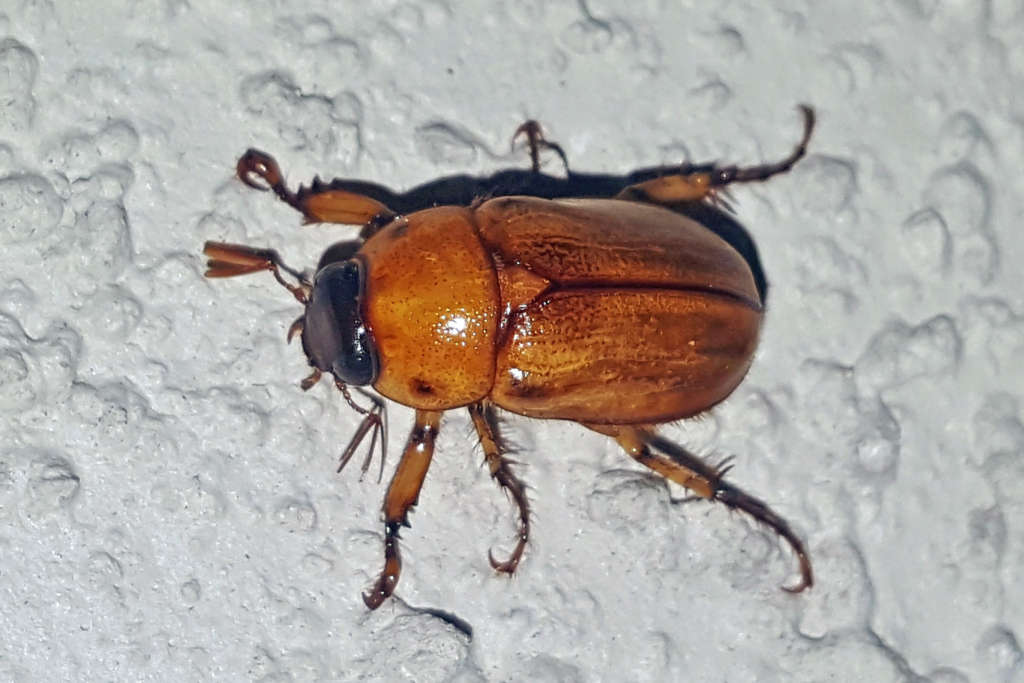
Beetles Hometown Pest Solutions

Effective Management Remains Elusive For Beetle That Eats Almost Anything
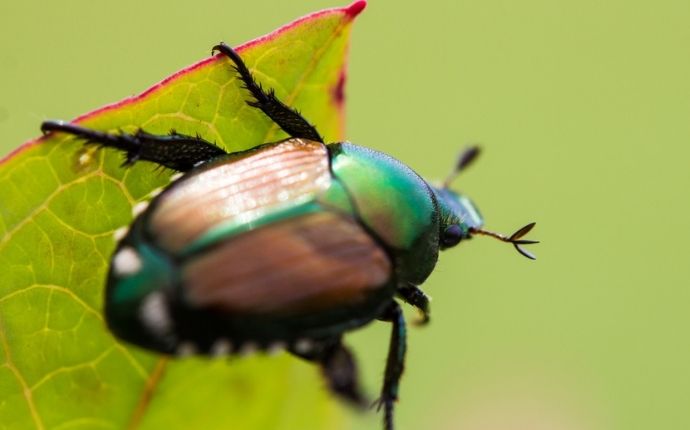
What Do June Bugs Eat Learn Their Diet Life Cycle And How To Stop Them

Soybean Looper Soybean Pest Soybean Research Information Network Srin
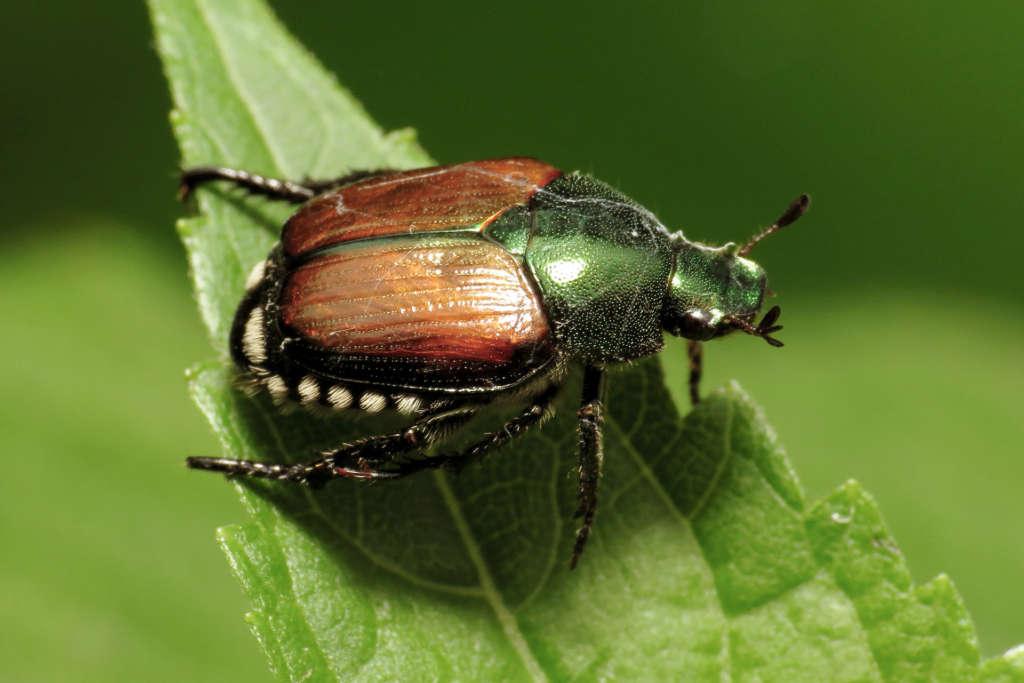
Beetles Hometown Pest Solutions

Japanese Beetle Larvae Outlet 63 Off Www Thecookinggirls Com

Adult Green June Beetles Extension Entomology

Japanese Beetle New Hampshire Garden Solutions

Mg12 Insects Insect Coloring Pages Coloring Pages Insects Theme

Rhubarb Weevil Rhubarb Curculio Mdc Teacher Portal
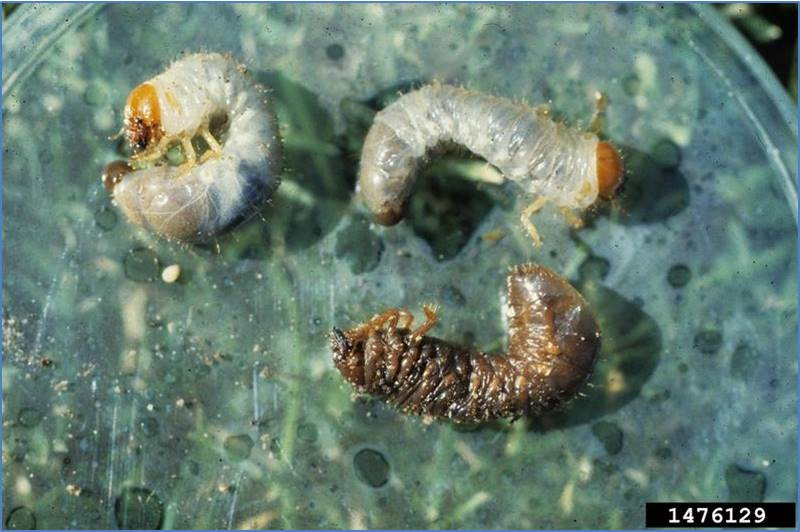
Japanese Beetle Larvae Outlet 63 Off Www Thecookinggirls Com

Effective Management Remains Elusive For Beetle That Eats Almost Anything

What Do June Bugs Eat Learn Their Diet Life Cycle And How To Stop Them
All About Trees Springfield Mo Tree Alert Japanese Beetles
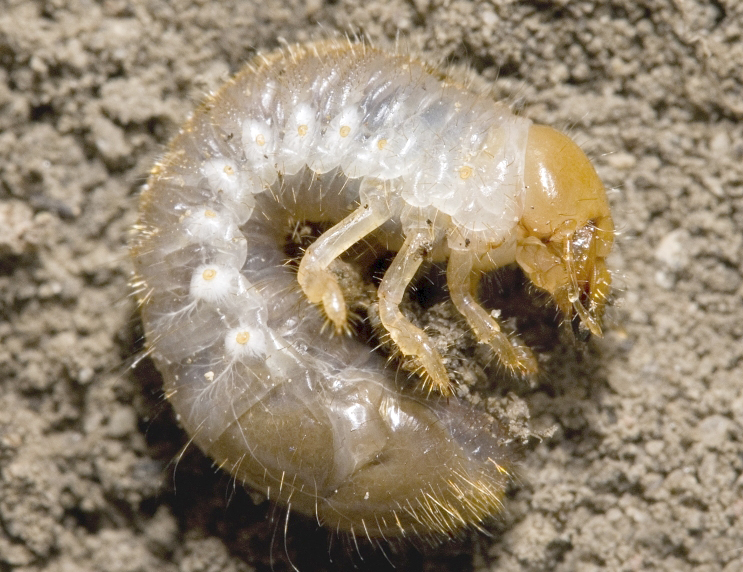
Japanese Beetle Larvae Outlet 63 Off Www Thecookinggirls Com
